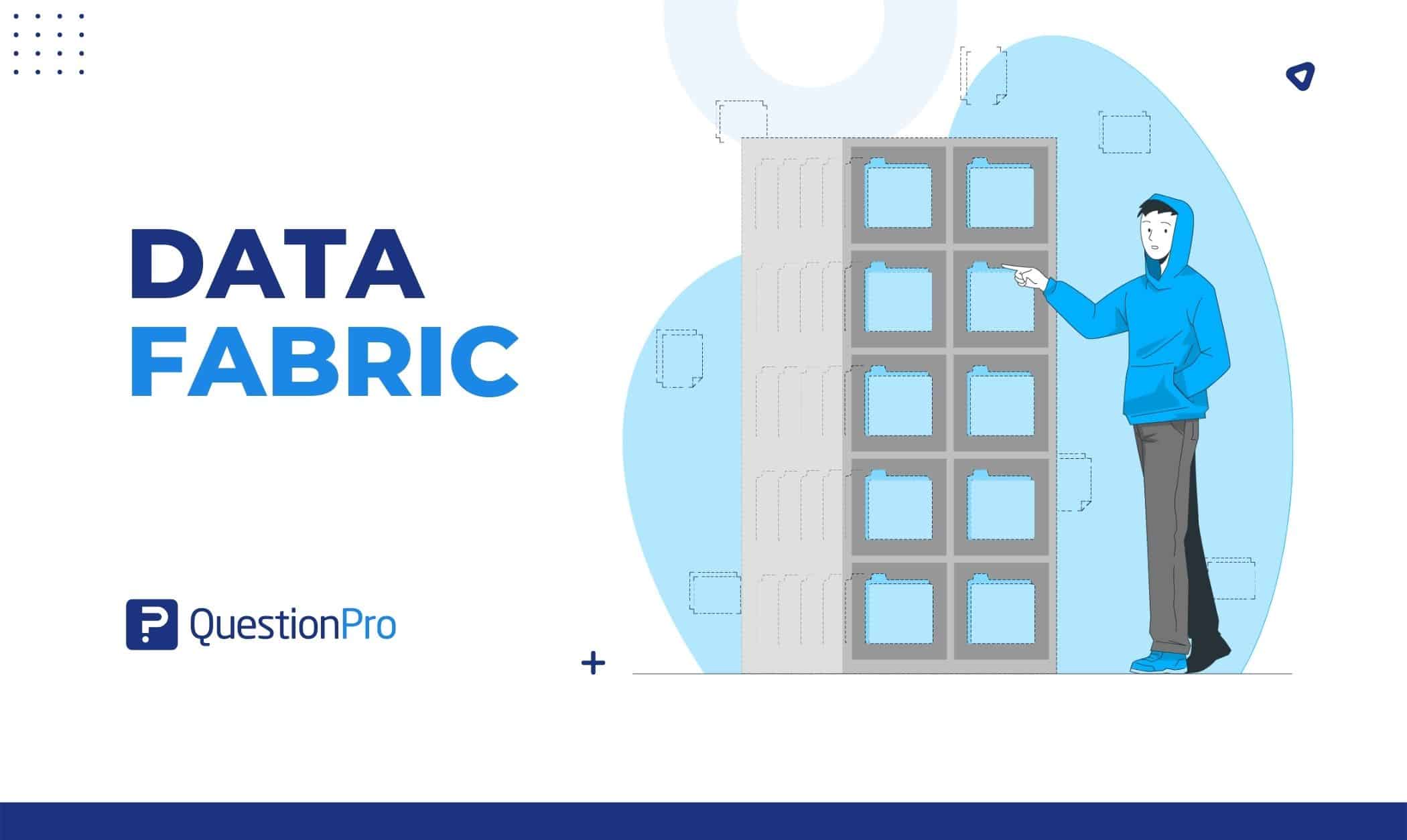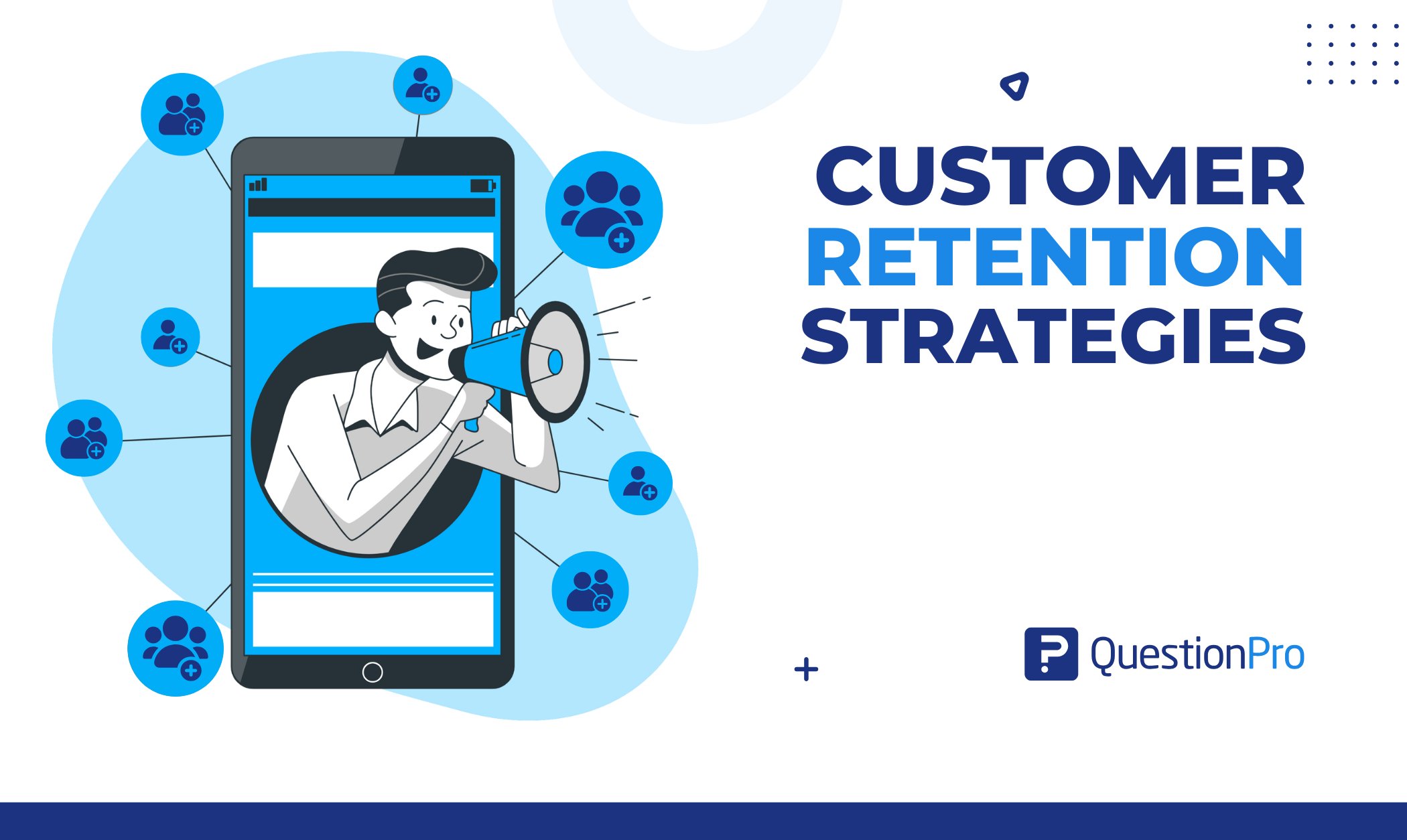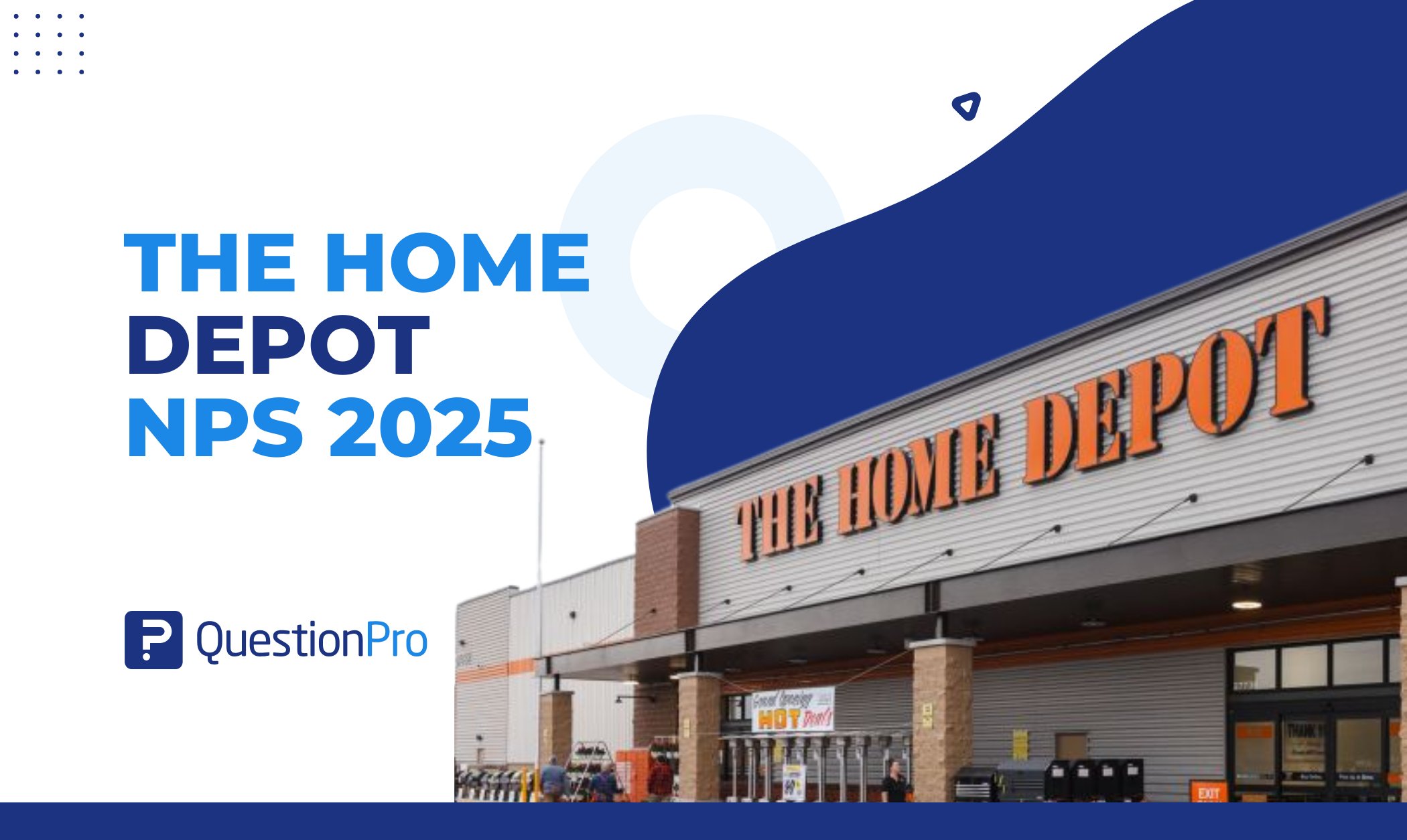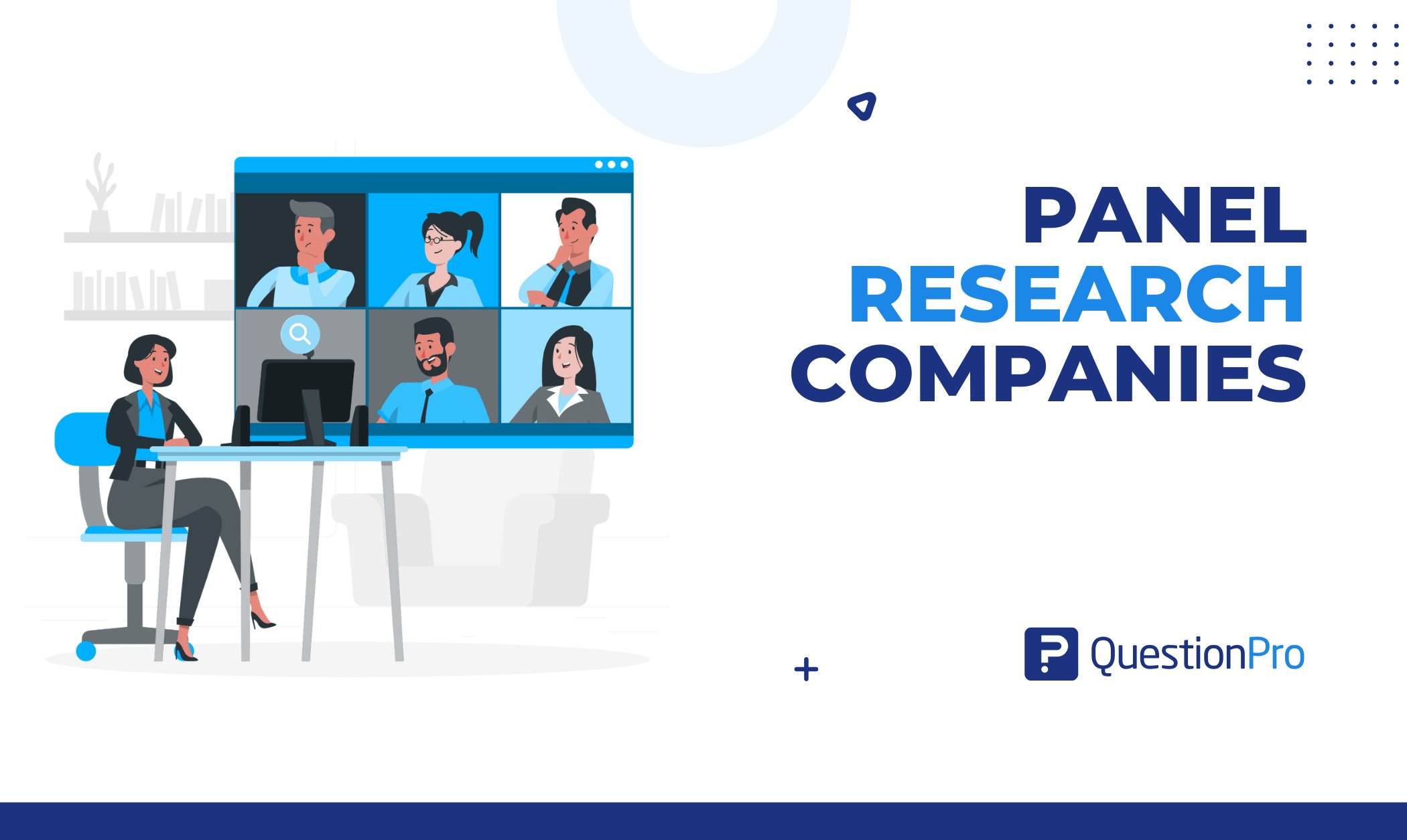
Gartner named the data fabric to assist enterprises in monitoring and managing their data and applications. Collecting data and becoming a data-driven organization is more challenging than ever as businesses utilize a wide range of apps, and data becomes more dynamic.
Companies need a comprehensive strategy among the top ten data and analytics technology developments to solve such problems. Data from several sources and kinds are integrated to form a unified virtual source. This seamless access and data exchange across a distributed infrastructure is made possible by this integrated architecture, regardless of the application, platform, or storage location.
In this blog, we will discuss what data fabric is, its importance, tips, and best practices.
What is a data fabric?
A data fabric is an integrated architecture that uses data to offer endpoints across a hybrid multi-cloud environment a consistent capability. This integrated architecture increases visibility, access, and control by establishing consistent methods for data management strategy. Most importantly, it creates consistency throughout your environment, allowing data to be used and shared anywhere.
This integrated architecture is the primary tool for many firms to transform raw data into actionable business intelligence. It makes analysis more accessible, particularly for AI and machine learning usage. Given that it can cut data management efforts by as much as 70%, Gartner selected it as its top strategic technology trend for 2022.
LEARN ABOUT: Customer data management
Companies frequently copy their data to consolidate it in one location, which is costly and can cause compliance and data security problems throughout the data life cycle. But there are still good reasons to combine that data. Numerous businesses may choose to employ a data fabric as an architectural solution to enable them to:
- Access the existing data
- Control the data life cycle.
- Automate the data movement process.
Importance of data fabric
Organizations cannot wholly utilize and maximize the value of their data due to issues including limited data access (i.e., data is not accessible to those who require it) and the complexity of data integration.
Traditional data integration is no longer adequate for business needs like universal transformations, real-time connectivity, etc. Many firms need help to combine, integrate, and transform organizational data from various sources.
Data fabric gives users immediate access to a wide range of data and allows for visualization no matter where the users are. Data governance and management in multi-cloud data landscapes can be made simpler for users by using data fabric.
Tips and best practices
Business, operational, and technical metadata should be actively managed if a data fabric is well-governed. A data catalog and business lexicon must be available to all company employees for this to happen.
Everyone within the organization can share their knowledge of data as they use it. A schedule must be kept for all the sources of origin to have their metadata ingested at a rate that allows for a reasonable amount of data drift.
Here are the tips and best practices:
-
Utilize a DataOps process model.
Although the concepts of dataOps and data fabric are distinct, dataOps can be a crucial enabler. Data processes, tools, and the people using the insights are all closely connected, according to a model of the DataOps process.
Users are positioned to continuously rely on data, make meaningful use of the tools at their disposal, and apply insights to improve operations. This model and the data fabric’s architectural design work together in harmony. Users will need a DataOps process model and a DataOps attitude to make the most of it.
-
Avoid creating yet another data lake.
When constructing data fabrics, the typical problem is that it may become just another data lake. If the architectural components are in place—data sources, analytics, BI techniques, data transit, and data consumption—but the APIs and SDKs are missing, the outcome is not a genuine data fabric.
The term “data fabric” refers to an architectural design rather than a specific technology. This design’s distinguishing features include component interoperability and integration readiness. As a result, organizations must prioritize the connection layer, seamless data transmission, and automated insight delivery to newly connected front-end interfaces.
-
Recognize your regulatory and compliance obligations.
Because the data runs broadly, data fabric design can help with security, real time governance, and regulatory compliance. Data isn’t dispersed across several systems. Thus, there’s less of a chance that sensitive data may be exposed.
Before putting it in place, it’s crucial to understand the compliance and regulatory regulations that apply to your data. Various kinds of data may be subject to regulatory frameworks and legislation. You can deal with this by implementing automated compliance procedures that compel data transformations as required to comply with legal requirements.
-
Use graph analytics to look for interconnections.
By employing knowledge graphs to illustrate metadata and data relationships, graph analytics offers a more intelligent alternative to relational databases. Instead of only using text strings, it fills the data with a semantic context to understand what the information indicates.
A knowledge graph can offer operational and business insights by examining the connections between data sources. Compared to the relational database method, it is better at integrating diverse data and the insights discovered are also more helpful to business users. Since the primary goal of this integrated architecture is to enable the extensive use of various data sources without duplication, knowledge graphs powered by graph analytics are perfect for data textiles.
-
Create a data marketplace for citizen developers.
Usually, this integrated architecture will produce and transmit insights directly to business applications or produce fragmented data repositories for examination by IT or your data team. A data marketplace that democratizes access for citizen developers is another way to take advantage of its possibilities.
Data from this market can be used to construct new models for emerging use cases by business users with a basic understanding of data analysis and years of business analysis experience. Businesses can enable citizen developers to use it in novel and flexible ways in addition to developing BI that is use case-specific.
-
Utilize open source technology.
When creating a data fabrication, open source can be a game-changer. Since it is intended to be extendable and integration-ready, open-source technologies are the most appropriate for its architecture.
Since it may need significant investment, and you would want to protect that investment even if you later decide to transfer providers, open source components might also help you become less dependent on a single vendor. Be sure to look into the recently released Open Data Fabric project, which enables a decentralized streaming data processing pipeline using big data and blockchain.
-
Enable the production of native code.
An essential function of your data fabric solution is native code generation, which enables it to automatically produce code that can be utilized for customer data integration. It may be possible to generate optimal code natively in several different languages, including Spark, SQL, and Java, even while it analyzes incoming data.
IT professionals can then use this code to integrate new systems for which APIs and SDKs may still need to be available. This method will allow you to incorporate new data systems quickly and easily without worrying about high integration costs or investments. It will also help you accelerate your digital transformation. Remember that native code generation needs to function with ready-made connectors to make it user-friendly.
-
Enhance data fabric for edge computing
Enterprises may maximize the use of their IoT devices by adapting data fabrication to edge computing. The edge data fabric, often referred to as edge-to-cloud data fabric, was created specifically to assist IoT deployments. It shifts important data-related tasks out of the centralized application and into a different edge layer that is distributed but closely linked.
For instance, an intelligent factory may use an edge data fabric to automatically determine a cargo container’s weight (without contacting the centralized cloud) and start selecting procedures. It facilitates automatic actions and expedites decision-making that is not feasible with a conventional, centralized data lake paradigm.
LEARN ABOUT: Data Management vs Data Governance
Conclusion
Data can be transferred as needed between components. A data fabric is used to manage resources and settings across various physical and virtual resources from a single location, reducing the amount of data management necessary.
Data fabrics offer a comprehensive perspective of the data, including real-time data, which cuts down on the time needed to find, query, and use creative tactics. They also offer deeper data analysis, which improves corporate intelligence.
With solutions for every subject and industry, QuestionPro is more than just survey software. They also provide data management software and services, including the InsightsHub research library. Get in touch with the QuestionPro team if you need any assistance with data fabrication.







